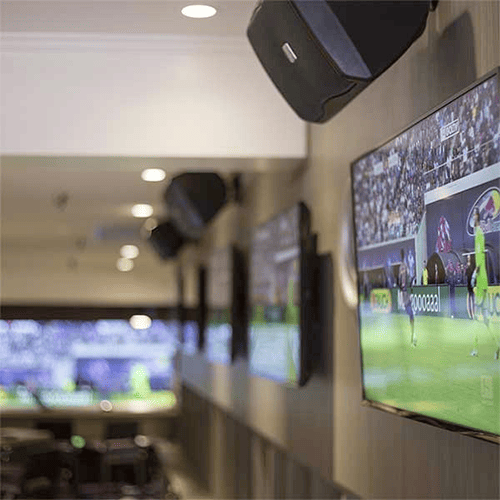Integrating Legacy Platforms utilizing Advanced Sound Networking Solutions to achieve Enhanced Efficiency and Flexibility.
Integrating Legacy Platforms utilizing Advanced Sound Networking Solutions to achieve Enhanced Efficiency and Flexibility.
Blog Article
Within the current rapidly evolving landscape of audio technology, the need to improve performance and flexibility in sound solutions is more important than ever before. Numerous organizations and venues still depend on outdated technologies, which are antiquated technologies that may fail to have the capabilities of modern equipment. Nevertheless, integrating these legacy technologies with state-of-the-art audio networking technologies can lead to substantial improvements. Audio networking enables for improved communication between equipment, allowing it easier to control and operate sound across various areas.
A of the primary advantages of combining outdated technologies with modern sound networking is enhanced adaptability. Conventional sound systems often require complex cabling and restricted routing choices. With audio communication technologies like Dante or AVB, sound transmissions can be sent over conventional Ethernet connections. This means that operators can easily link multiple units without the need for extensive reconfiguration. Whether within a performance hall, a educational auditorium, or a business function, this flexibility enables for quick adjustments and changes to the sound configuration without major downtime.
Quality is another major element that improves when older technologies are upgraded with up-to-date communication technologies. Outdated systems may have difficulty to provide high-quality sound, especially in larger spaces or during complex occasions. By adopting audio communication, organizations can leverage of advanced features such as minimal delay, timing, and electronic signal management. These advancements help ensure that audio is distinct and consistent, improving the complete experience for audiences and artists professional video surveillance installation together. This transition can make a marked difference in how audio is experienced in different environments.
Additionally, integrating legacy systems with contemporary solutions can lead to cost savings in the extended term. While upgrading to new devices may require an upfront cost, the effectiveness gained through sound networking can lower upkeep expenses and minimize the requirement for ongoing repairs. Furthermore, connected technologies often require less tangible room than traditional setups, which can save on real estate costs in venues. Entities can distribute resources better effectively, utilizing the savings they save to allocate resources in additional important areas.
Lastly, training personnel on the method to use integrated technologies becomes easier with audio networking. Numerous contemporary audio communication systems come with intuitive interfaces and remote management features. This means that including those who may not extensive technological expertise can learn to operate and control the sound systems efficiently. Training programs can be designed focused on these technologies, empowering staff to maintain and diagnose systems with confidence. By blending the legacy with the modern, organizations can create a more competent and skilled team, in the end leading to improved sound outcomes for all involved.